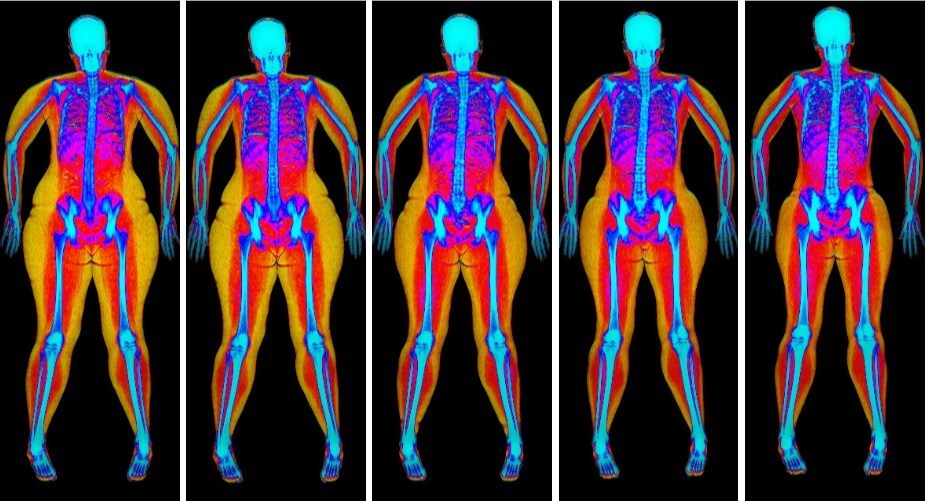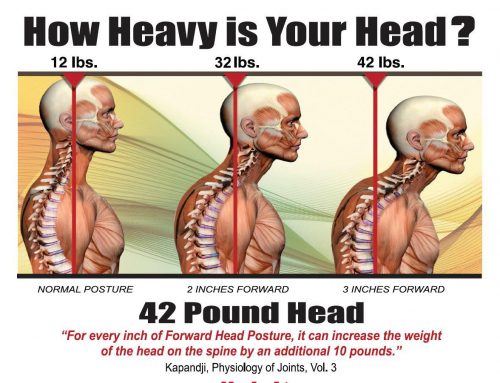Have you ever wondered how many diets there are? There are literally thousands- everything from green tea, banana diet, to keto, cabbage soup, paleo, slimfast, herbal life and lactose vegetarian. I am always overwhelmed about the amount of people off social media promoting diets, but the truth is one size does not fit all. We are all as different on the inside as we are on the outside.
Everyone from sports stars, soap stars, gurus to Joe Bloggs next door is promoting what worked for them. It’s no wonder that we are all so confused. Most of us have tried so many diets without success. Despite our advancement in technology and health care, we are actually more overweight, more depressed, more inflamed and have more disease, injury and illness than ever before. How can this be?
The problem is getting the right information and finding someone who walks their walk and talks their talk, and is not selling you a load of prepped meals that makes you reliant on them or someone who is pushing suppliments.
Change is not easy, and if we don’t change our mindset we repeat the same results. Here are my five top tips:
1. Have a specific, meaningful goal or purpose. If you have nothing to change for, apart from losing weight for that wedding or holiday etc, you just end up putting the weight back on.
2. Eat “real food” (non-processed, natural whole foods – not paleo, keto, high-fat, low-carb or any trends). If it’s got a shelf life, it’s not optimal. If it’s white, (bread, pasta, sugar, pastries), it’s more than likely not nutritionally optimal.
3. Learn how to track your macronutrients (based on specific goals and individualised targets) by using metabolic typing. We are all different and some of us are fast oxidisers while others are slow oxidisers. Intermittent fasting can fit in with this too (see me for details).
4. Get 8 hours of sleep each night, like it’s your new ritual (this affects EVERYTHING: blood sugar handling, body fat, cortisol levels). If you’re a shift worker, please see me.
5. Do resistance training at least 2 x per week (lift weights with an individualised programme, based on your needs and goals). I personally mix yoga with strength and conditioning. I don’t waste my time on the cardio machines at the gym anymore.
6. Get at least 10k steps per day (especially if you sit in an office for long hours). This also crosses the brains hemispheres.
7. Manage your stress levels (learn how to take your foot off the accelerator and press the brake pedal). Learn the situations that trigger these stressors and learn how you react to them.
8. Hire a coach who knows their stuff and tells it how it is , rather than just another story.
It’s all down to hormones. Calorie restricting diets in the long run don’t work as they disrupt important hormones and enzymes. If you attend a one to one with me, I will teach you the metabolic typing chart. Even skipping one meal can put the body into a state of fight or flight, elevating stress hormones. The body then releases stored glycogen from the liver into the blood to raise your food sugar. You will then yo – yo between high and low blood sugars, creating yet another major stress on the body. An over stressed body will not lose weight, nor function at optimal level.
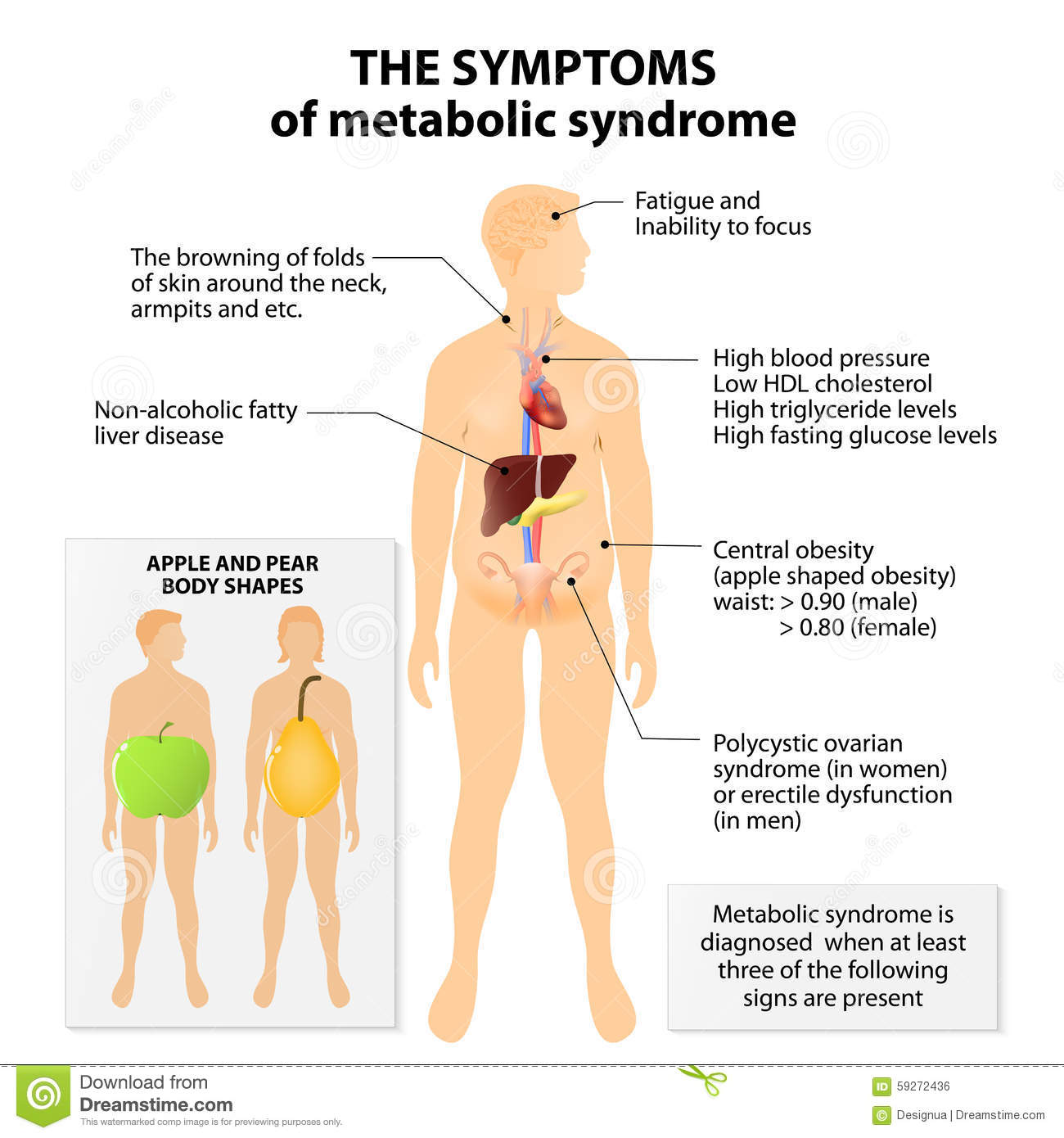
When we eat too many carbs, the body must release insulin to lower blood sugar levels. When we skip meals or don’t eat enough of the right foods, it keeps insulin levels high because the body thinks it’s in a state of famine and it’s forced to store energy when ever it is supplied.
Why movement is so important
If you’re an active person, insulin will store sugar in the muscle. However if the muscles are not being used, or if the muscle cells are full, your extra calories will wind up as fat cells. Exercising muscles keeps them sensitive to insulin, as an active muscle will take in sugar for energy. Inactive muscles become insulin resistant and shuttle more and more calories to fat cells. A diet calling for a high consumption of carbohydrates beyond ideal for your metabolic type will also make you progressively insulin resistant.
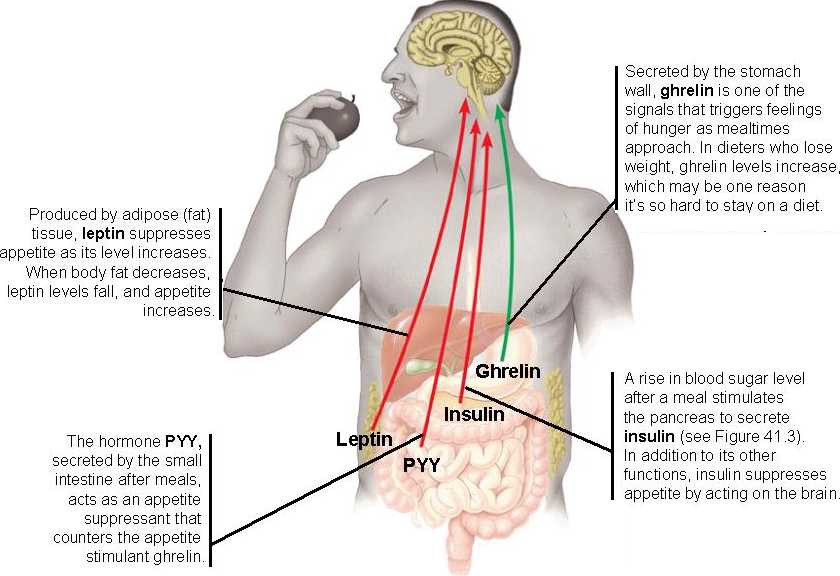
When fat gets stored in the middle of your body it’s a sign that you’ve become insulin resistant. The medical name for this is ‘syndrome X’. Accumulating fat around your waist is a sign of diets, yo -yo dieting, lack of exercise and consuming too many carbohydrates for your metabolic type. Once the fat in the midsection is full, it will then accumulate to other areas of the body, making you more obese. I know this from experience myself and can always tell if I am consuming too many carbohydrates.
Because muscles and fat cells are becoming progressively less sensitive to insulin, blood sugar levels rise higher, forcing the pancreas to overwork in an attempt to lower blood sugar levels. Eventually, you’ll become a Type 2 diabetic.
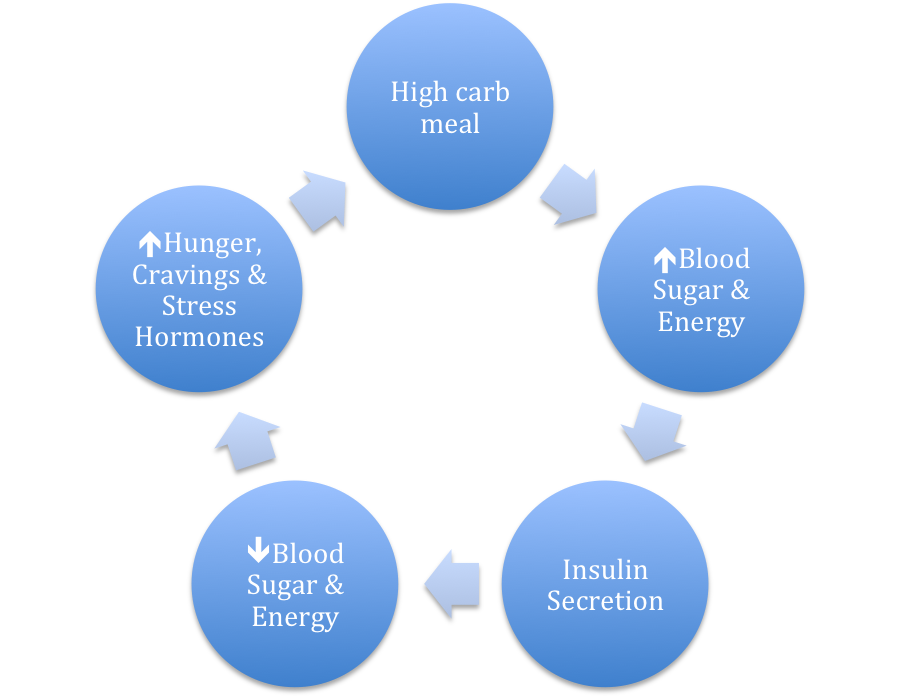
Anytime you miss a meal – yes just one meal- your body increases the release of lipogenic enzymes (fat storing cells). When the lipogenic enzymes increase, (the enzymes you really need) the lipolytic or fat burning enzymes are decreased . The effect is much more pronounced in women than in men.
Bibliography
“Eat, move and be healthy” – Paul Chek




